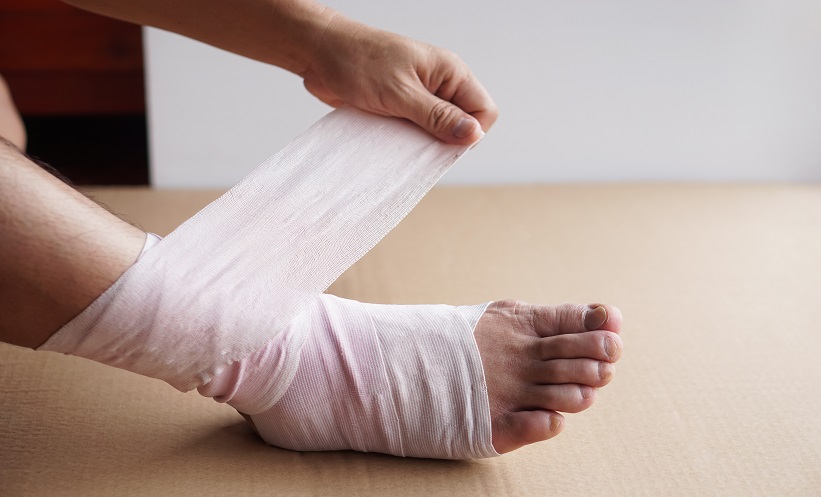Diabetic foot ulcers (DFUs) are a common and serious complication of diabetes, often recurring even after successful healing. Identifying patients at heightened risk of recurrence is crucial to improving outcomes and guiding ongoing care. A recent multicentre study conducted by the National Institute of Diabetes and Digestive and Kidney Diseases Diabetic Foot Consortium examined whether impaired skin barrier function, measured through transepidermal water loss (TEWL), could predict DFU recurrence. Notably, participants with higher TEWL levels following wound closure had significantly increased rates of ulcer recurrence within 16 weeks.
The study enrolled 418 adults with diabetes who had recently achieved closure of a DFU. TEWL was measured at the centre of the closed ulcer and at a matched site on the opposite foot within two weeks of healing (visit 1), and repeated two weeks later (visit 2) to confirm the closure. Participants were then monitored for up to 16 weeks. Both patient-reported and clinician-confirmed data were used to assess recurrence of the ulcer.
By the end of the 16-week observation period, 21.5% of participants had experienced a recurrence of their DFU. TEWL values at the centre of the healed wound were significantly higher in those who developed recurrence (p=0.006). Specifically, 35% of individuals with high TEWL (>30.05 g·m⁻²·h⁻¹) experienced recurrence, compared to just 17% in the low TEWL group. The odds of recurrence were 2.66 times greater for those in the high TEWL group (p<0.001). Self-reported recurrence closely matched clinician assessments, reinforcing the reliability of the findings.
This study suggests that elevated TEWL following wound closure is associated with a significantly increased risk of DFU recurrence. The findings highlight the importance of assessing skin barrier function as part of post-healing care in patients with diabetes. Limitations include the relatively short follow-up period and noninterventional design, which limits causal interpretation. Nonetheless, incorporating TEWL measurement into routine clinical assessment could help identify patients at risk and allow for targeted prevention strategies, ultimately improving long-term outcomes in DFU management.
Reference
Sen CK et al. High Transepidermal Water Loss at the Site of Wound Closure Is Associated With Increased Recurrence of Diabetic Foot Ulcers: The NIDDK Diabetic Foot Consortium TEWL Study. Diabetes Care. 2025;DOI: 10.2337/dc25-0300.








